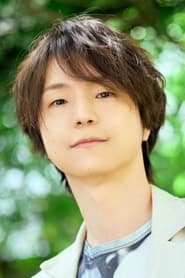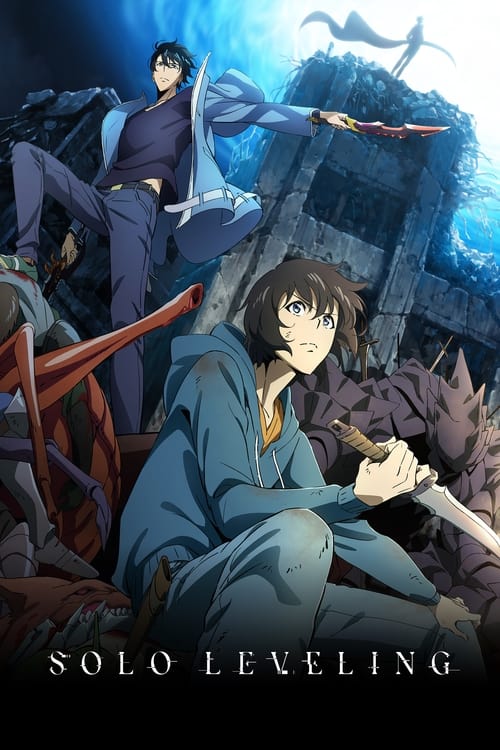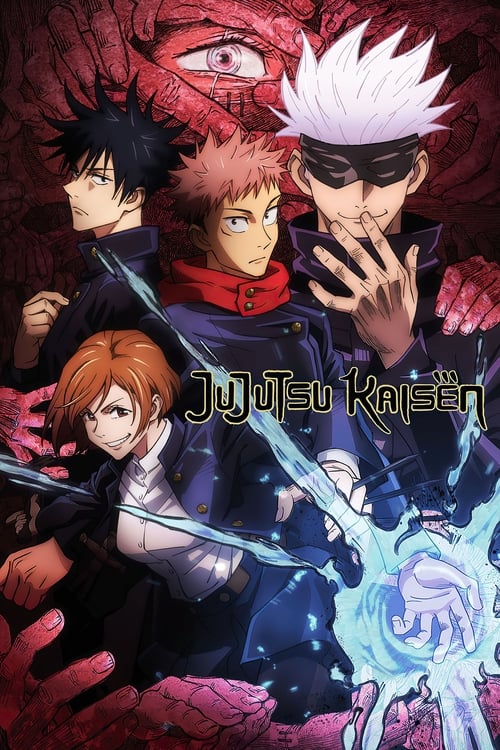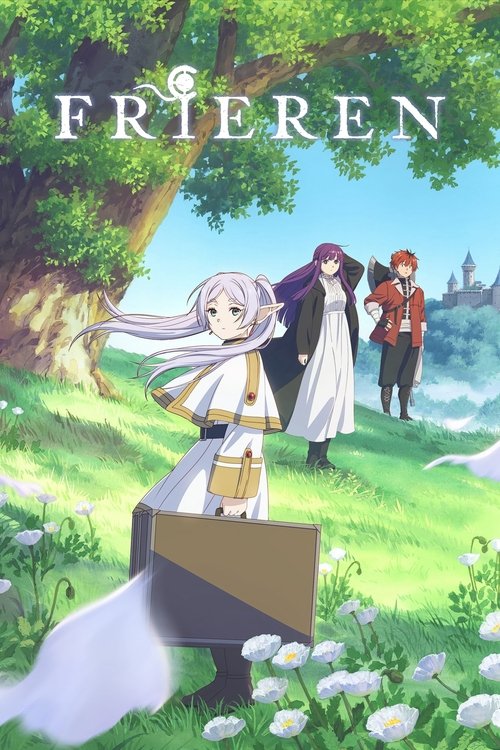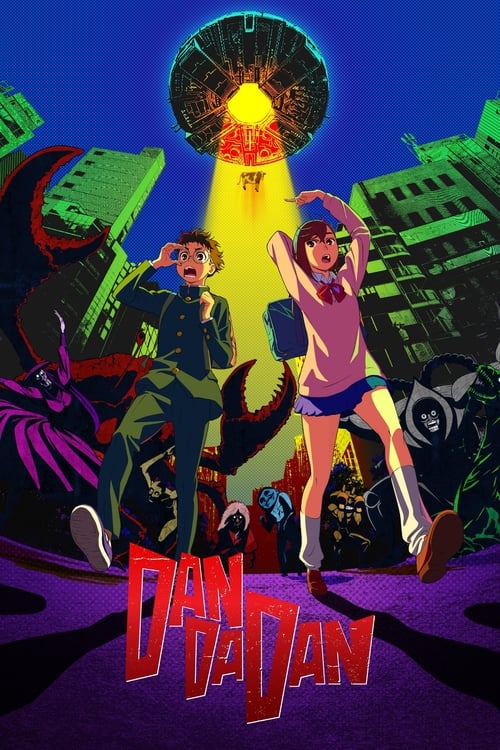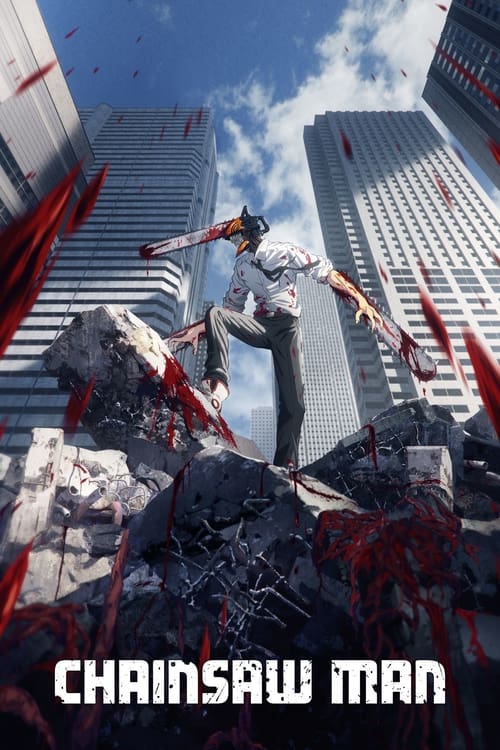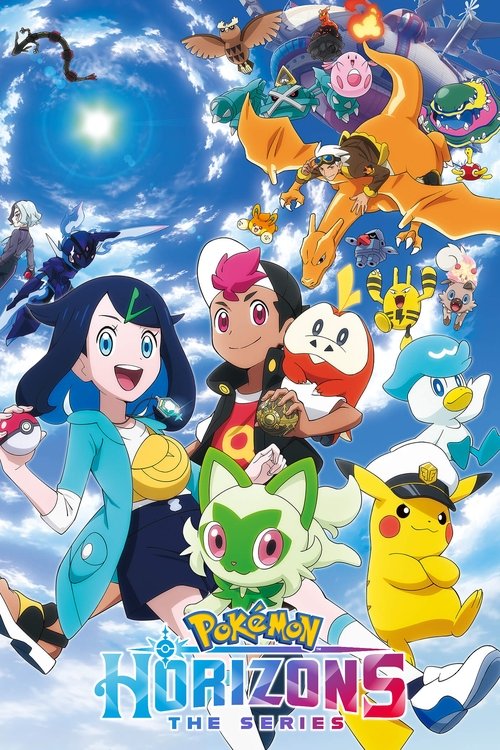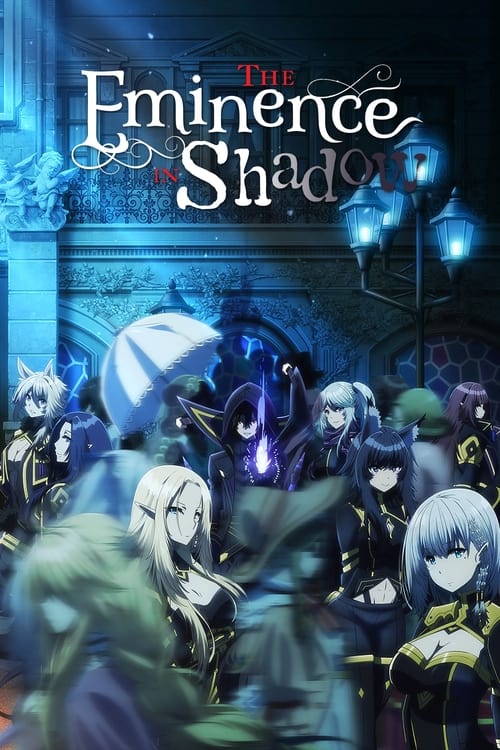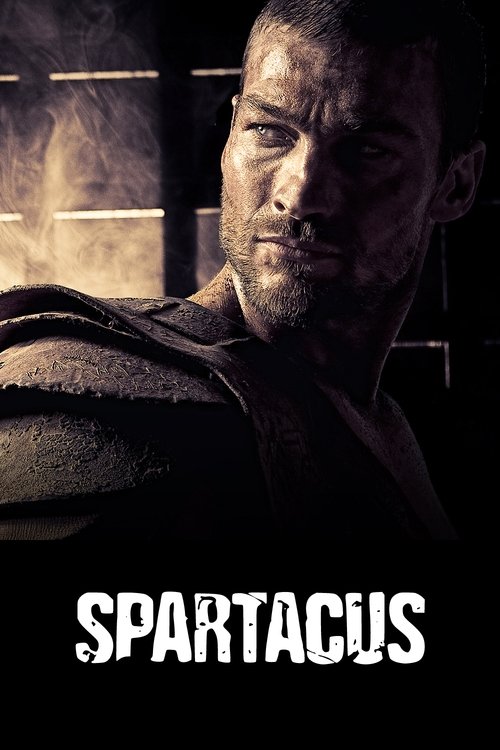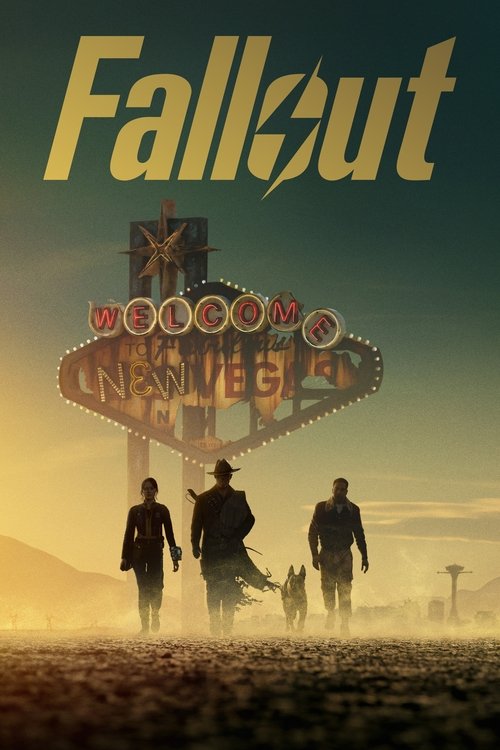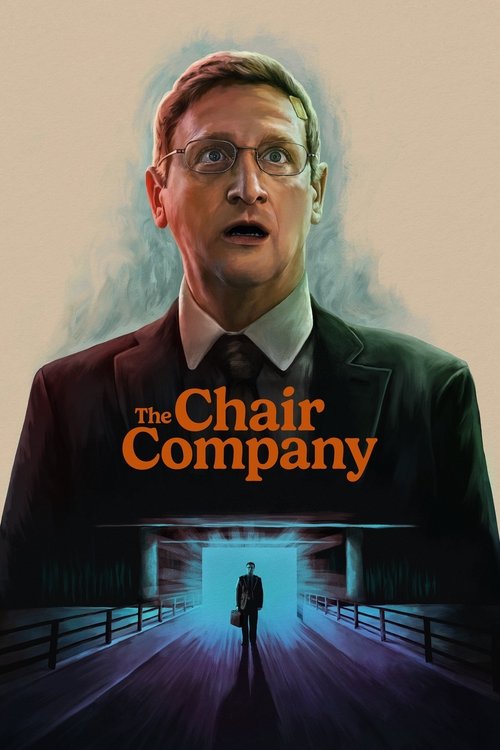
Ask Your Own Question
What is the plot?
Kafka Hibino, a 32-year-old man, works as a sweeper for Monster Sweeper Inc., a company responsible for cleaning up the remains of kaiju after the Japan Defense Force defeats them. Since childhood, Kafka has dreamed of joining the Defense Force to fight kaiju alongside his childhood friend Mina Ashiro, who is now the captain of the Defense Force's Third Unit. Despite multiple attempts, Kafka has repeatedly failed the Defense Force entrance exam and remains stuck in his menial job, feeling frustrated and unfulfilled.
One day, Kafka encounters a small, talking kaiju that unexpectedly flies into his mouth and merges with his body. This event grants Kafka the ability to transform into a powerful kaiju himself, which the Defense Force designates as "Kaiju No. 8." Unlike other kaiju, Kafka retains full human consciousness and control while transformed, gaining superhuman strength and agility. This transformation shocks Kafka, who initially struggles to control his new form and fears being hunted by the Defense Force.
Kafka's first transformation occurs during a kaiju attack, where he instinctively shifts into his kaiju form to protect civilians and fight off the invading monster. The battle is intense and chaotic: Kafka uses his enhanced strength to overpower the enemy kaiju, smashing through buildings and debris while carefully avoiding harming humans. After defeating the kaiju, Kafka reverts to his human form, but the Defense Force arrives and identifies him as Kaiju No. 8, marking him as a target for elimination.
Despite the danger, Kafka resolves to use his new powers to fulfill his lifelong dream of joining the Defense Force and fighting kaiju directly. He keeps his kaiju identity a secret while applying again for the Defense Force entrance exam, now with the advantage of his monstrous abilities. Kafka trains rigorously, learning to control his transformations and improve his combat skills.
Meanwhile, Mina Ashiro, unaware of Kafka's transformation, continues leading the Third Unit in high-stakes kaiju battles. She is a skilled and respected commander, known for her tactical brilliance and combat prowess. Kafka admires her from afar, motivated by their childhood promise to fight together.
Kafka's secret is eventually discovered by a few trusted allies within the Defense Force, who help him navigate the complex politics and dangers of being both a human soldier and a kaiju. Kafka faces internal conflicts and external threats, including suspicion from other Defense Force members and attacks from rogue kaiju drawn to his unique energy.
Throughout the series, Kafka participates in multiple kaiju battles, each described in detail: he transforms into Kaiju No. 8, engages in close-quarters combat with massive monsters, uses his enhanced senses to anticipate attacks, and strategically employs his strength to protect civilians and teammates. These fights often involve destructive cityscapes, tense moments of near defeat, and Kafka's growing mastery over his dual nature.
Kafka's relationship with Mina deepens as they reunite on the battlefield. Mina initially struggles to trust Kafka due to his kaiju form but gradually recognizes his dedication and heroism. Together, they lead missions to eradicate increasingly dangerous kaiju threats, coordinating attacks and covering each other's weaknesses.
Key plot twists include Kafka confronting a mysterious, more powerful kaiju that challenges his limits and forces him to push beyond his current abilities. This battle reveals hidden aspects of the kaiju threat and hints at a larger conspiracy involving the origins of kaiju and the Defense Force's true purpose.
Kafka also faces moral dilemmas about his identity and the potential consequences of his powers. He must decide whether to reveal his secret to the public or continue hiding, balancing his desire to protect humanity with the risk of becoming a target himself.
The series culminates in a large-scale kaiju invasion of Tokyo, where Kafka, Mina, and the Defense Force mount a desperate defense. Kafka transforms into Kaiju No. 8 and leads the charge, coordinating with Mina and other soldiers in a multi-front battle. The fight is brutal and destructive, with detailed sequences of kaiju clashes, strategic maneuvers, and moments of personal sacrifice.
In the final confrontation, Kafka faces the leader of the invading kaiju, a colossal and intelligent monster. The battle tests Kafka's strength, resolve, and control over his kaiju form. Using a combination of human tactics and kaiju power, Kafka defeats the enemy, saving the city but sustaining serious injuries.
The series ends with Kafka recovering in the hospital, reflecting on his journey from a failed Defense Force applicant to a hero who bridges the gap between humans and kaiju. Mina visits him, reaffirming their bond and their shared mission to protect humanity from future kaiju threats. Kafka embraces his dual identity, ready to continue fighting as Kaiju No. 8 alongside the Defense Force.
What is the ending?
The ending of the 2024 Kaiju No. 8 anime covers up to chapter 38 of the manga and concludes with Kafka Hibino revealing his identity as Kaiju No. 8 to his team, leading to tense moments but ultimately setting up new threats and challenges for the next season. The manga itself, which ended in July 2025 with chapter 129, concludes with Kafka returning to normal human form, the city being rebuilt, and some controversial plot developments including a final battle and character resolutions that left some fans disappointed.
Expanding on the ending in a detailed, scene-by-scene narrative:
The anime's final episodes focus on Kafka Hibino's secret being exposed. Kafka, who has the ability to transform into Kaiju No. 8 after accidentally ingesting a parasitic kaiju, has been hiding this from his comrades in the Defense Force's Third Division. As the season progresses, Kafka and his team face increasingly dangerous kaiju threats. In the climax, Kafka's identity is revealed during a critical battle where he must use his kaiju powers openly to save his friends and defeat a powerful enemy. This revelation causes shock and tension among the team, as they grapple with the implications of having a kaiju within their ranks.
Kafka's close friend and fellow officer Mina Ashiro plays a key role in supporting him despite the risks. The season ends with the team accepting Kafka's dual nature and preparing for the emergence of even more dangerous kaiju, including the hinted Kaiju No. 9, setting the stage for the second season. The final scenes emphasize themes of trust, identity, and the blurred lines between human and monster in their fight for survival.
Regarding the manga's full ending, which goes beyond the anime's scope:
The story continues with Kafka and his allies confronting the ultimate kaiju threat, including a major final boss battle involving the Meireki Daikaiju. Kafka and Mina team up in a dramatic fight sequence showcasing their combined strength and resolve. The manga's climax reveals more about the origins of the kaiju and Kafka's powers. After intense battles and sacrifices, Kafka manages to revert to his normal human form without suffering lasting consequences. The city, heavily damaged by kaiju attacks, begins to rebuild.
The manga's final chapter shows Kafka and Mina's relationship solidifying, with hints of marriage, and the Defense Force moving forward in a world still wary of kaiju threats. However, some fans found the ending rushed and anticlimactic, feeling that certain plot points and character arcs were not fully developed or resolved satisfactorily.
Fate of main characters at the end:
- Kafka Hibino: Returns to human form, survives the final battles, and is poised to continue his life with Mina and the Defense Force.
- Mina Ashiro: Remains a key ally and partner to Kafka, with their relationship deepening.
- Other Defense Force members: Continue their mission to protect humanity, now aware of Kafka's unique abilities.
- Kaiju threats: Though the immediate danger is subdued, the world remains vigilant for future kaiju attacks.
This detailed narrative captures the key events and character outcomes at the end of Kaiju No. 8's 2024 anime and the manga's conclusion in 2025.
Who dies?
Yes, in the 2024 TV show Kaiju No. 8, a significant character named Isao Shinomiya dies. He is the Director General of the Kaiju Defense Force and a central figure who holds the heroes together. His death occurs during Season 2 and is a major turning point in the story.
Circumstances of Isao Shinomiya's death:
- Isao is killed and absorbed by Kaiju No. 9, a powerful kaiju antagonist, during the Kaiju Weapon Arc.
- This event is sudden and unexpected, deeply impacting the main characters, especially Kafka Hibino and Kikoru Shinomiya (Isao's daughter).
- After his death, Isao's consciousness appears to merge with Kaiju No. 9, potentially making the kaiju more intelligent and dangerous by gaining access to Defense Force secrets.
- Isao's death leaves a leadership void in the Defense Force and sets a new emotional and strategic conflict for the characters, who mourn him and seek revenge.
- His legacy continues through his daughter Kikoru, who grows stronger and eventually is promoted to Vice Commander of the First Division, carrying on his mission.
- Inside the Daikaiju of the Meireki Era, Isao's spirit gives Kafka his own heart and orders him to protect others, symbolizing Isao's lasting influence even after death.
No other character deaths are prominently noted in the available information about the 2024 TV show. Isao Shinomiya's death is the most significant and explicitly described character death in the series so far.
Is there a post-credit scene?
Yes, the 2024 TV show Kaiju No. 8 does have a post-credit scene. It features a special segment called "Hoshina's Day Off," which provides additional character-focused content after the main episode ends. This scene highlights Vice-captain Soshiro Hoshina in a more relaxed, off-duty setting, offering fans a glimpse into his personality beyond the intense kaiju battles.
Additionally, the anime adaptation includes some post-credit content that expands on the manga, such as a scene where Mina reminisces about her childhood promise with Kafka and receives a call about a kaiju, which is a subtle narrative addition not present in the original manga.
The ending song "Nobody" by OneRepublic is also noted for its emotional impact and is sometimes treated by fans as a kind of extended post-credit moment due to its placement and tone.
What is the origin and nature of the parasitic creature inside Kafka Hibino?
The parasitic creature that enters Kafka Hibino's body through his mouth transforms him into a powerful humanoid Kaiju, granting him unique abilities while allowing him to retain his sanity. However, the anime and manga have not fully explained why Kafka was chosen by this parasite or the full extent of its powers. This mystery remains a central unanswered plot element, with speculation that the parasite targeted Kafka due to his weak physical state, making him an easier host. The story hints that this will be explored further in future episodes or seasons.
How does Kafka manage to keep his Kaiju form a secret while joining the Defense Force?
After transforming into a Kaiju, Kafka escapes the Defense Force and is given the codename Kaiju No. 8. He decides to apply to join the Defense Force while concealing his Kaiju identity. Despite his monstrous appearance and powers, Kafka learns to control his transformations to some extent, including reverting to human form temporarily. This secret duality creates tension and unique challenges as he strives to fulfill his childhood promise to fight alongside Mina Ashiro.
What is the relationship and dynamic between Kafka Hibino and Mina Ashiro?
Kafka and Mina were childhood friends who promised to join the Defense Force and fight Kaiju together. Mina has since become the captain of the Defense Force's third division and is a highly respected figure, while Kafka has repeatedly failed the entrance exam and works in Kaiju cleanup. Their contrasting paths and Mina's leadership role create emotional and narrative tension, especially as Kafka secretly gains Kaiju powers and attempts to join the Defense Force to fight alongside her.
Who is Kikoru Shinomiya and what makes her stand out among Defense Force candidates?
Kikoru Shinomiya is introduced early in the series as a young girl who quickly demonstrates exceptional combat abilities. She possesses a powered suit that grants her superhuman strength, allowing her to perform feats such as lifting a van. Kikoru is portrayed as a remarkable and powerful candidate for the Defense Force, standing out due to her advanced technology and combat skills, which raises questions about her background and the source of her strength.
What is known about the origins and nature of the Kaiju threat in the series?
The Kaiju are giant monsters that repeatedly attack Japan, causing widespread destruction. The series implies that Kaiju originate from massive energy spikes produced by underground faults in the Earth, but the exact mechanism and reasons for their creation remain unexplained. The story focuses mainly on Japan's Defense Force, with little detail on how other countries deal with the Kaiju threat. The origins of the Kaiju and the global scope of the threat remain significant unanswered questions in the plot.
Is this family friendly?
The TV show Kaiju No. 8 (2024) is generally suitable for children around age 10 and older, but it contains some fantasy violence and emotional complexity that may be upsetting for younger or sensitive viewers.
Potentially objectionable or upsetting aspects include:
- Fantasy violence: Battles with large monsters (kaiju) involve gore, injuries, and destruction, which can be intense visually.
- Emotional themes: Characters face struggles such as failure, identity crises, and loss, which add emotional depth but may be heavy for sensitive viewers.
- Some tense scenes: There are moments of danger and threat to characters' lives, though the series balances this with humor and character growth.
Overall, the show balances action and emotional storytelling with comedic elements, making it engaging but best suited for preteens and older children with some guidance from parents if needed.







